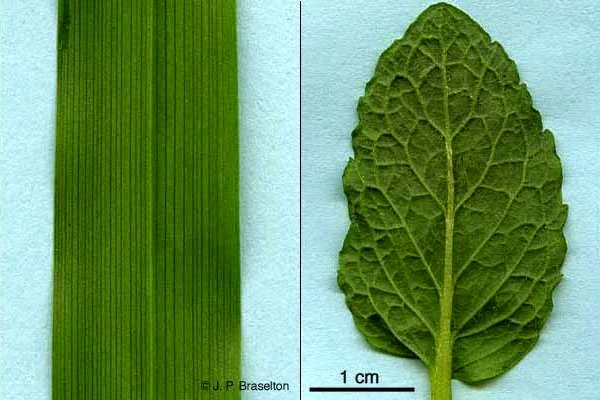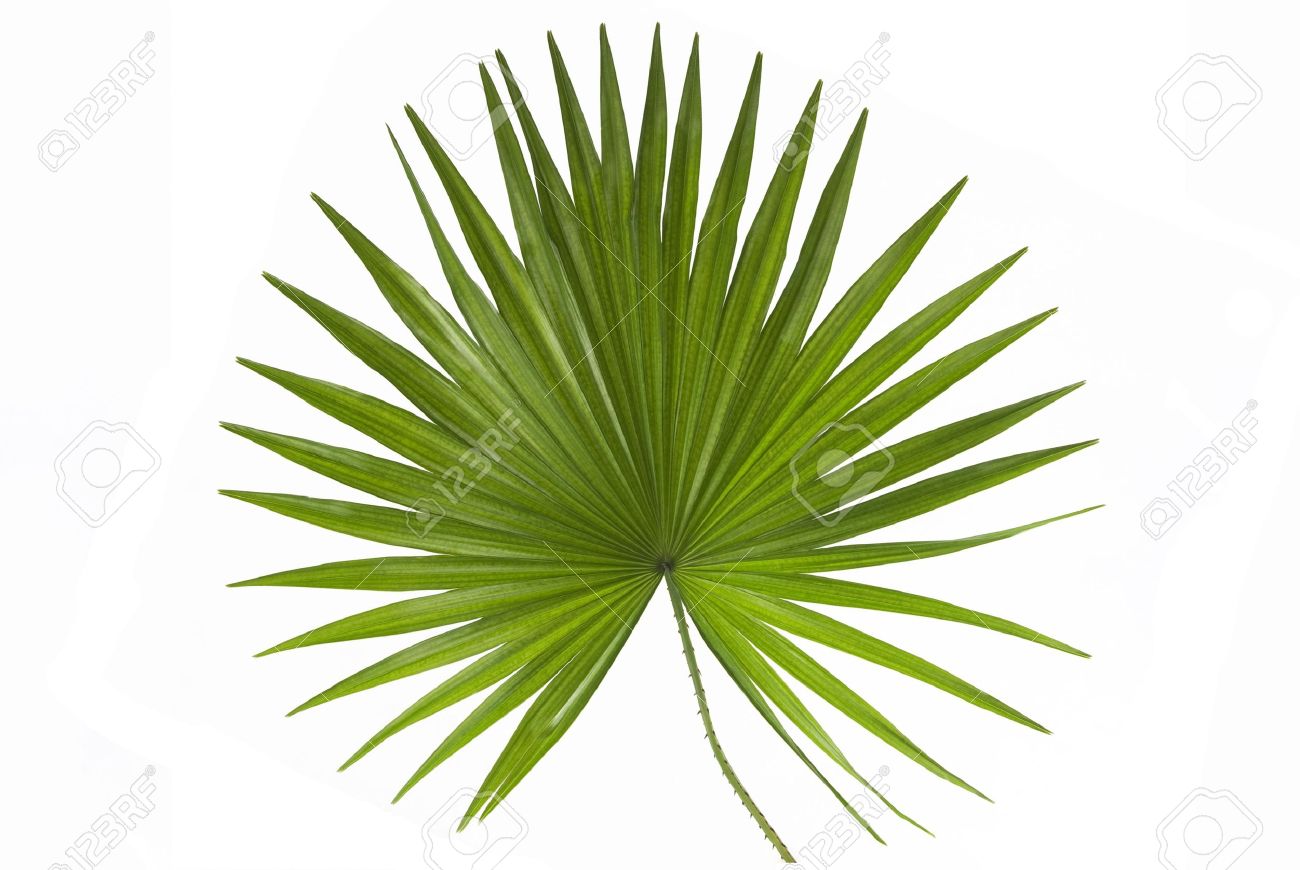Powerpoint: Monocotyledon and Dicotyledon
Lab: Dicotyledon and Monocotyledon Lab
Dicotyledon and monocotyledons are subclasses of class angiospermae (the flowering plants). These two subclasses of plants share the characteristics of flowering plants (flower, seed, fruit, stem, vascular tissue etc.). While they are named after the number of “seed leaves” that sprout from the growing plant (one for monocots and two for dicots), mature plants differ in many other respects (Table 1).
This lab, you will be trying identify several specimens as monocots or dicots based on some of the following characteristics.
Background on Angiosperm Reproduction
Angiosperm reproduction involves the meeting of sperm and egg. However, an extra step occurs in angiosperms that does not occur in any other plant group: a second sperm fuses with the polar nuclei to form a triploid structure, known as the endosperm (3N).
In most plants, the endosperm provides the “food store” for the developing embryo (2N).

The endosperm also does something very strange, it will give rise to the “seed leaves” known as the cotyledon. Because the endosperm is triploid (3N), the cotyledon is also triploid.
Depending on if there is one triploid seed leaf or two triploid seed leaves, the plant is classified as a “monocotyledon” (“one seed-leaf”) or “dicotyledon” (“two seed leaves”).

However, the cotyledon will eventually wilt away. Then there shall be no signs that indicate whether a plant is a monocot or a dicot right? Thankfully, not. There are many other signs to indicate whether a plant in its adult stage is a dicot or a monocot. We will be looking at five.
1. Leaves

The veins of monocot leaves are usually straight and parallel.
The veins of dicot leaves usually form a branching network.
2. Stem and Root

Stem: (Monocots) The vascular tissues are scattered across the cross section. (Dicots) the vascular tissues are arranged in a ring under the epidermis.
Root: (Monocots) The vascular tissues are arranged in a ring (Dicots) the vascular tissues are bunched together into the center. The xylems are arranged in a tiny “X” in the dead middle.
3. Flowers

Monocot flowers usually have petals in multiples of 3’s.
Dicot flowers tend to have petals arranged in multiples of 4’s and 5’s.
4. Growth


Monocots stems usually do not grow thicker from year to year.
Dicot stems do usually grow thicker from year to year.
Practice: Try identifying the plants below as dicot or monocot! (Answers below)
 A (Tree)
A (Tree)
 B (Flower)
B (Flower)
 C (Blade of Grass)
C (Blade of Grass)
 D (Palm Leaf)
D (Palm Leaf)
E (Fern)
 F (carrot cross section)
F (carrot cross section)
 G (Celery Cross section)
G (Celery Cross section)
Monocotyledon and Dicotyledon (Answers to Practice)
